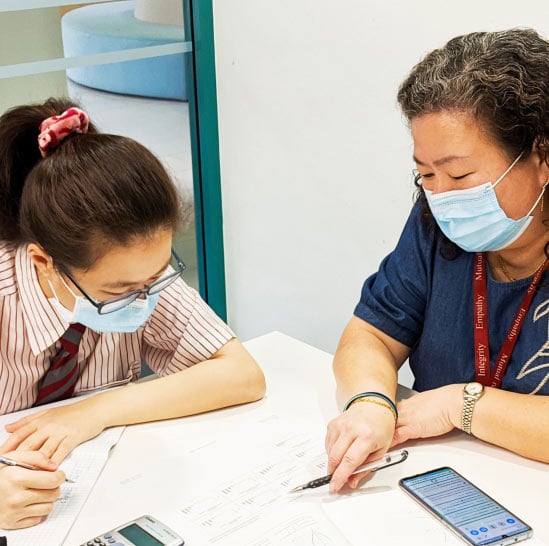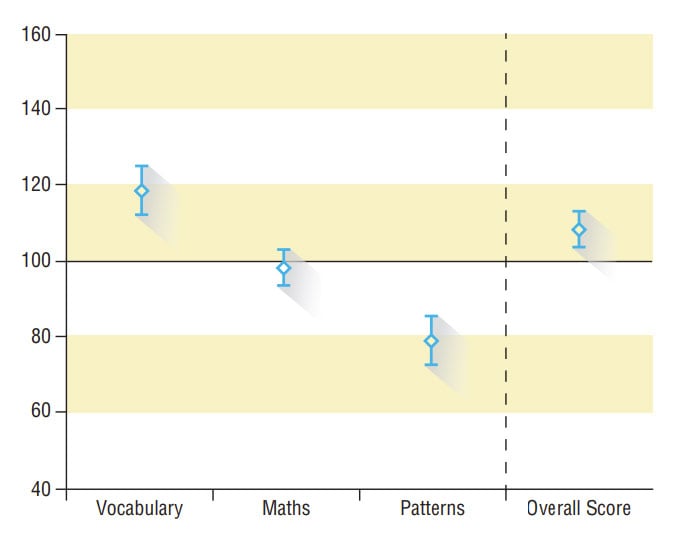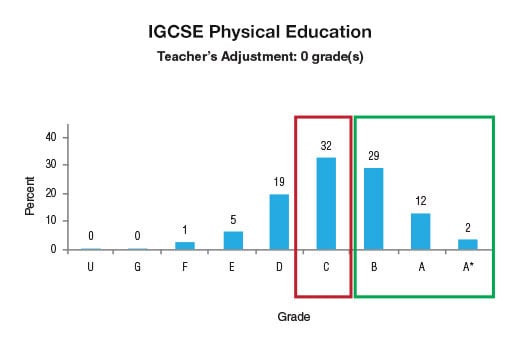Case Studies / Kolej Tuanku Ja’afar
Kolej Tuanku Ja’afar, Malaysia
Diagnosing gaps in learning with Cambridge Insight
Find out more
Kolej Tuanku Ja’afar (KTJ) is an age 3-19 not-for-profit boarding school about 40km south of Kuala Lumpur, in Negeri Sembilan state.
The student body comprises about 77% Malaysian students with about 800 students in the secondary school, most of whom are boarders, along with smaller numbers from Korea, Indonesia, Thailand and other ASEAN countries.
Alastair Farquharson, Assistant Head of School (Student Outcomes), explains how KTJ is using Cambridge Insight (formerly CEM) assessments as part of their approach to support students' return to school after the recent disruption to classroom-based teaching.


The Individual Student Report offers standardised scores and a breakdown of Vocabulary, Mathematics and Nonverbal scores visually detailing student strengths and weaknesses in each section of the assessment
Personalising learning with Individual Student Reports
‘KTJ is very aware that the process of nurturing students after the disruption caused by Covid 19 is crucial.
‘Focused mentor or tutor sessions are a perfect opportunity to share and discuss the Individual Student Reports with students, but they are also something that can be effectively used within departments and by class teachers to spot students who may have struggled, fallen behind or developed gaps in their knowledge.
‘What is really important in making sure that every student catches up to where they are meant to be is a much closer integration between analyses of target data, standardised scores within the Cambridge Insight assessments and ongoing class data.
‘We believe that this integration of different data sets is really essential to how all of the available information is used - by building framework around triangulated data, it helps us understand students in comparison to where they actually are, and where they would have ordinarily been.’
Setting targets and predicted grades
‘KTJ uses Yellis and Alis to set Subject Specific Predicted Grades for IGCSE, AS and A Level. These are used by Heads of Department and teachers as the basis for their targets, but these are seen as best guesses, rather than a locked-in prediction.
‘The other important element in target-setting is teacher judgement - we believe that all data must always be seen as part of a bigger picture. Standardised scores and predicted grades are great indicators, but teacher judgement is also essential.
Focused mentor or tutor sessions are a perfect opportunity to share and discuss the Individual Student Reports with students”

Chances Graphs
‘The other element of Cambridge Insight assessments that are particularly useful for learning conversations are the chances graphs.
‘One argument against sharing predicted grades is that it can act as a limiter as well as a target, and so the use of the chances graphs is a great way to promote a growth mindset at any time, but particularly after a period of inertia.
‘For example, the Predicted Grade for this student is a C, but whilst it is the highest specific chance, there is also a 43% combined chance of getting a B or higher - so when carefully used in a mentor/tutor conversation this can be a powerful tool to promote positivity.
‘No data, whether Cambridge Insight, class assessments or more formal summative assessment should be taken as a stand-alone data set, but should be moderated and discussed within departments, year groups and between class teachers. So, at KTJ, we triangulate data in a few ways: Insight data - both Standardised Scores, Predicted Grades and Chances are shared with teachers and Heads of Departments so they can actually evaluate the data in relation to their own data sets.’


